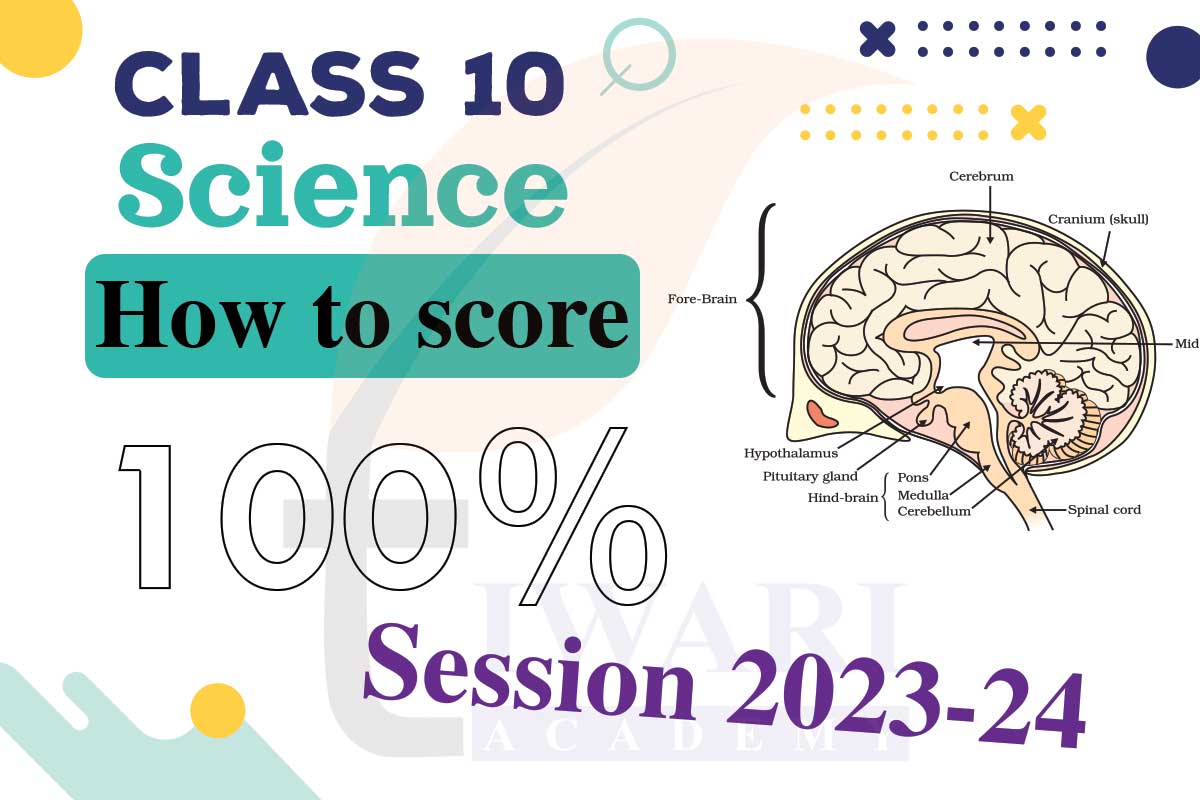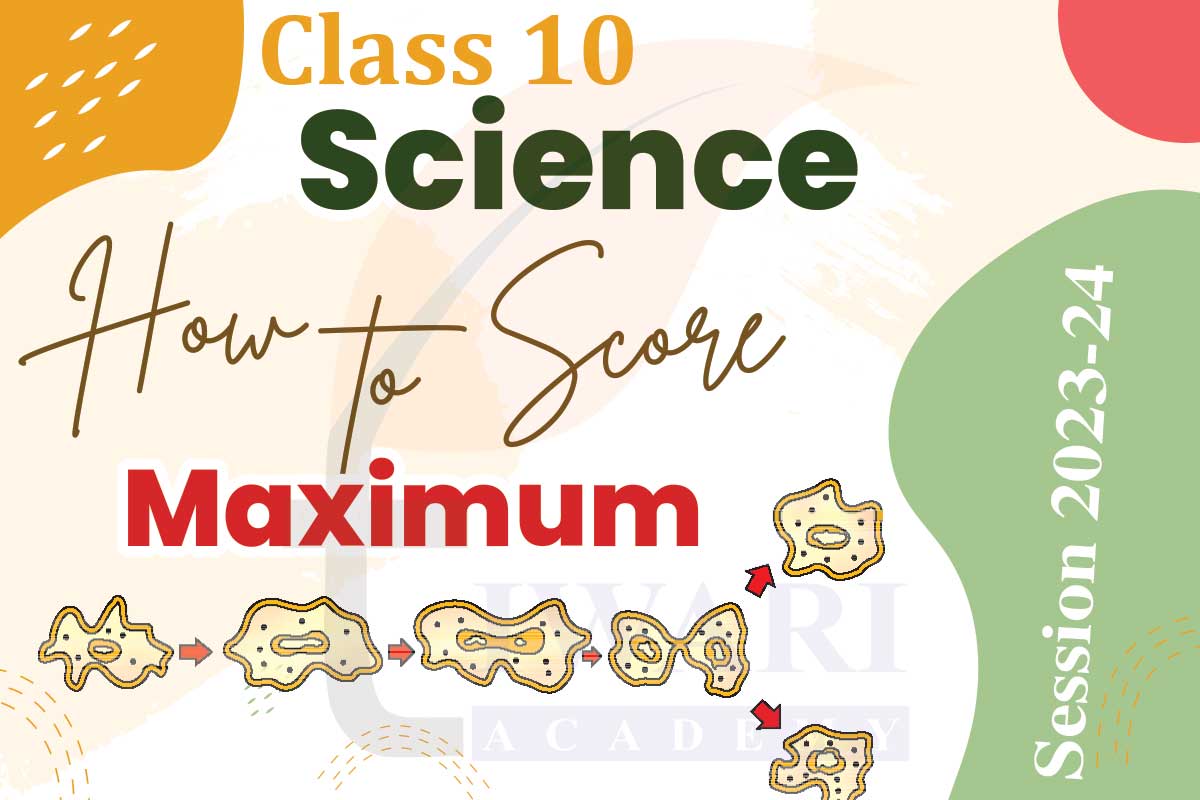For the academic session of 2025-26, the syllabus for Class 10 Science has been condensed. Several chapters have been omitted entirely, while certain sections from the remaining chapters have been removed. Now students can score 100% marks easily in class 10 science with less effort. It’s essential for students to familiarize themselves with the updated syllabus before beginning their board exam preparations. A streamlined overview of the Class 10 Science syllabus for this session is provided below.
Class 10 Science Chapter 1
Students often face few challenges while studying Class 10 Science Chapter 1 Chemical Reactions and EquationsSyllabus for Board Exam 2024: Chemical equation, balanced chemical equation, implications of a balanced, chemical equation, types of chemical reactions: combination, decomposition, displacement, double, displacement, precipitation, endothermic exothermic reactions, oxidation and reduction. . One of the primary challenges is balancing chemical equations. To learn chapter 1 of 10th science, it requires understanding the law of conservation of mass and practicing various equations until they get the hang of it.
With various reactions like combination, decomposition, displacement, and double displacement, students might struggle to classify them correctly based on given reactants and products. To overcome these challenges, it’s essential for students to engage with the material actively, seek clarifications when in doubt, practice regularly, and utilize diverse resources like videos, interactive simulations, and experiments.


